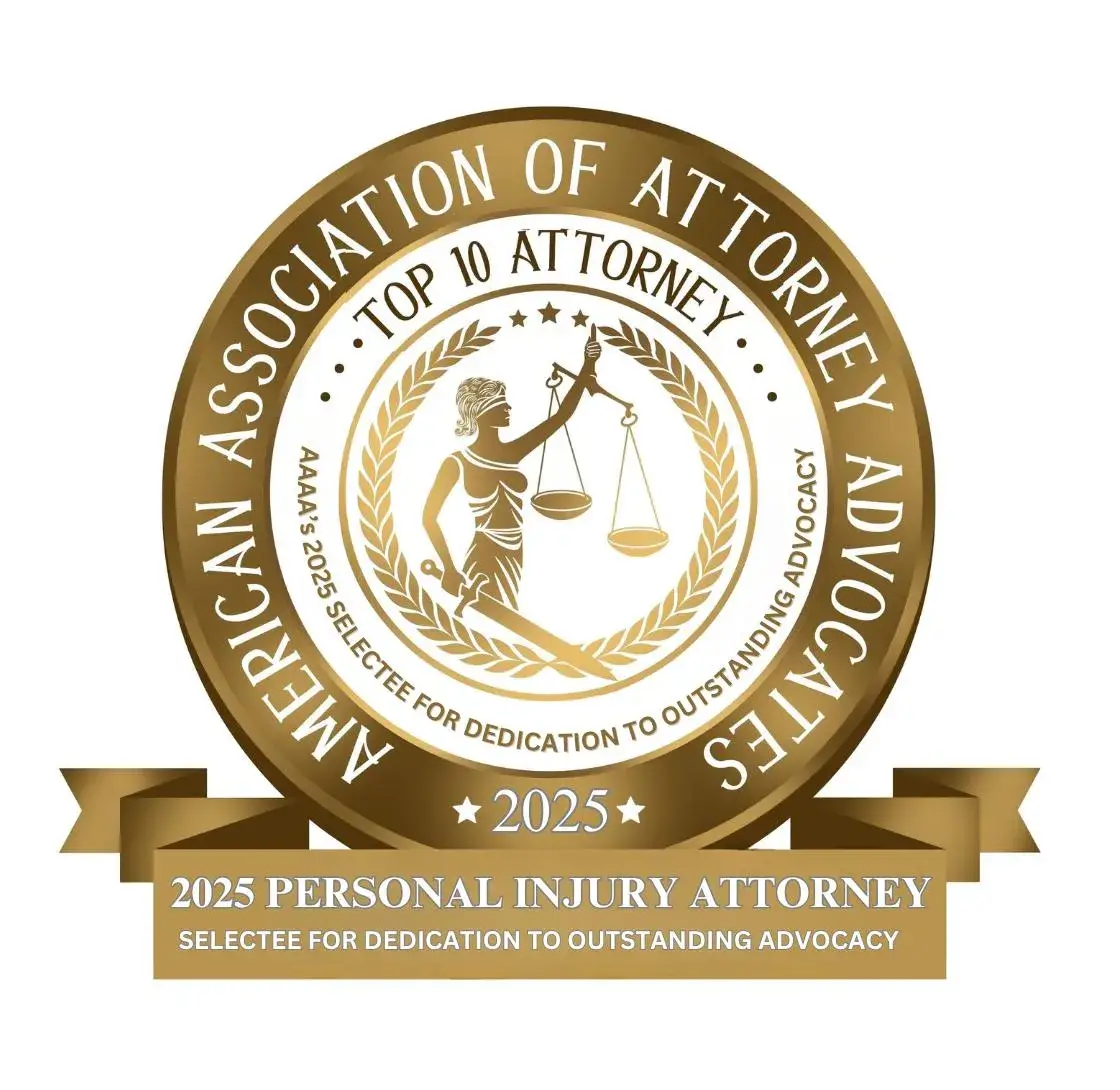How To Prepare Your Witness For Depositions
By MICHAEL MAGGIANO, ESQ.
STEP ONE:
TAKE A TOTAL WITNESS ANALYSIS.
-
- Why is this witness important to your case?
- Where does their testimony fit?
- What case theme is enhanced by his testimony?
- What point of law or issue of fact is established by his or her testimony?
- Why am I presenting this witness? Is there a better witness?
- What baggage does this witness carry that will hurt us?
- How can we turn any negatives into positives as to this witness?
- What are the prior statements of the witness and where may they be found?
- Has the witness said anything in the past which is inconsistent with that witch it is intended they will say at the deposition and trial.
- What halo effect can be placed upon the witness in terms of foundation, prior history or conduct and conduct in this case.
- What real or demonstrative evidence will the witness be the proponent of and why? What purpose does the evidence serve and how will the witness best serve in its persuasive presentation?
- OPINIONS: What opinions are expected to be elicited from this witness? Are all issues of competency and/or qualification satisfied? Will his testimony be considered cumulative to that already presented?
- FACTS: Was the witness in a position to perceive the facts he or she is expected to testify upon?
- Why is this witness important to your case?
STEP TWO:
1. REVISITING THE EVENT
-
- DON’T: Go by your client’s or witness’ recollection.
- DO: Visit the scene with client or witness
- DO: Review all photos and videos of the scene, the vehicles, the offending product.
Note: Make sure that your demonstratives show what you intend them to show. Example: Do the photos show all lines of sight or sight/distance problems? Be careful of the demonstrative or real evidence that you have your witnesses commit to at depositions
2. REVISITING THE PAPER TRAIL
-
- DO: Review with the client every step along the medical paper trail from VAC Report, to ER record, to hospital admission records and office notes of every physician the Plaintiff has seen either for the injuries sustained or otherwise.
- DO: Make sure that you have combed with a rake your client’s prior medical history.
- DO: Review with the client all doctors seen not related to the case. For example has the client seen his regular family dentist or has he gone for a periodic work physical (eg. police officers), subsequent life insurance exams)
3.
A. THEORY OF YOUR CASE: MAKE SURE WITNESS UNDERSTANDS THEORY OF THE CASE: Nothing like an educated consumer. More importantly, make sure that you understand the Law of your case and your. It is the Law that makes facts significant and facts insignificant.
B. THEORY OF OPPOSITION’S CASE: Review the Opponent’s pleadings and discovery response’s, expert reports in order to understand their theory of the case and what the opponent will attempt to establish at depositions. For example you may have to prepare for and defuse the following issues:
- Contributory Negligence
- Assumption of Risk
- Liability of Third Party
- Statute of Limitations
- Statutory or Common Law Immunities
C. ENHANCE YOUR THEMES THROUGH DEPOSITION TESTIMONY: For example if you have a machine guard case you may want to develop that the workers were required to meet a production quota. In the case of a disabled wage earner you want to develop his desire and attempts at retraining and seeking work (note: if your client is spending his days watching soap operas and has given up, the jury will give up on him.) In the case of the negligent pediatrician, the parents explain that they delayed in seeking other care because they trusted Dr. Jones, “he was our baby’s doctor.” In the case of the store trip or slip and fall, “ I was looking at the items on display.” (then through the defense witnesses develop the time and expense dedicated to planning, setting up and maintaining eye catching displays and sale signs.)
4. LAY THE FACT PREDICATE FOR EXPERT OPINION:
- DON’T let your client become the expert.
- DON’T let your client destroy Expert Opinion. Rather develop the scenario that will lay the predicate for the expert opinion. The presentation of a case is a Mosaic.
- DON’T forget your obligation to prove proximate cause.
- DO lay out the predicate for liability in the product case or the damage claim through describing the biomechanics of the Trauma.
5. DO LISTEN: Very closely. You may learn more about your case or you may learn that your client has a hole in his testimony. Do not anticipate your client will do fine.
6. DO PLAY DEVIL’S ADVOCATE: Get the book on your adversary’s line of questioning and prepare your client.
DO have an associate play the adversary and grill the client or witness.
7. The Rule of Three’s applies to Depositions: Three times and it is yours. You must prepare a client at least three times and at least two hours each time.
8. Put your client on video.
9. Show your client an instructional video.
10. DON’T LET CLIENT BE THE ADVOCATE:
- DON’T let client make the case into something it is not.
- DON’T let client try to sell the case.
- DON’T allow the client to exaggerate responses.
- DON’T let client argue his or her case, don’t let them sound like a lawyer.
- DON’T be afraid to say I do not recall or I do not know. At times an I don’t know is acceptable. That is why we have experts.
- DON’T MAKE IT UP IF YOU DON’T KNOW.
- DO talk plain talk.
- DO use power words. (As to the claim being made. For example words change if the claim is a crash worthiness case vs. Simple auto accident claim.
- DON’T let the examiner push your buttons. Spread the Gap. Don’t get pulled into his tempo. The louder he gets, the softer you get; the faster he speaks, the slower you speak; the more he leans forward ,the more that you lean back. Kill with kindness.
11. DO anticipate and defuse defenses
12. DO UNDERSTAND THE TRIANGLE OF LIABILITY – TIME, DISTANCE, SPEED.
If your client just does not remember or can’t grab it, don’t force it , they will only choke under pressure. Nothing is worse than creating bad testimony that plays well for the defense. You are better off with an “ I can not give an accurate estimate or I am not sure” and go with expert testimony on a reconstruction.
13. LAWYER: DO NOT MAKE SPEAKING OBJECTIONS (potted plant rule) – Prepare your client so that you do not have to. This will enhance witness credibility.
14.
- DO explain to your client the objection to form and what to do when you make it.
- DON’T allow adversary to ask further questions by paraphrasing prior testimony and asking for acknowledgement of accuracy — “ Now let me see if I understand what you just said, blah, blah, is that correct?” He will use this technique in each question to change your answer slightly but favorable to the opposition.
15. What did Witness review in preparation for giving deposition. What is covered by the Attorney- Client Privilege in your jurisdiction.
16. Attorney client privilege does not apply to anyone else but your client. Therefore, be ready for the following questions:
- Did you speak to Mr. Maggiano about the case?
- What did you talk about?
- How many times have you spoken to him?
- How long did you spend speaking to him?
- Where did you speak to him?
- Did you speak with anyone else from his office?
- When did you last speak to him?
- Did you speak to his client ever about how the accident happened?
- What did he say to you?
- Did you ever go with him to his lawyer’s office?
- Did you ever give a handwritten, audio taped, or videotaped statement? If so do you have a copy?
- Did Mr. Maggiano ever share with you what he understands the facts of his case to be?
17. Obtain all statements made by or attributed to your client before the deposition.
18. Interview all eye witnesses before subjecting your client to a deposition. All eye witnesses should be interviewed as soon as possible from when you get the case. I have seen too many cases of lawyers investing time and money into the medical aspects of a case with out getting an investigator right out to the eye witnesses only to watch their cases disintegrate after the witness gives subpoenaed testimony at a deposition called by the defense.
19. BEFORE AND AFTER QUESTIONS
MAKE SURE YOUR CLIENT IN A PERSONAL INJURY CASE IS READY FOR THE CLASSICS:
- Tell me all of your present complaints.
- Tell me in what ways your injuries effect you in your day to day activities.
- Tell me all the things that you used to do that you can no longer do.
- Tell me all the things you do but that now give you pain.
- Have you told me everything about your injury?
Note: DON’T CLOSE THE BOOK. Keep in mind that the defense is looking for closure to these answers whereas the plaintiff requires the response to be broad and left open so that the deposition is not used as a limiting tool at the time of trial.
20. Prepare the client and witness for deposition following all your trial rules with regard to dress, appearance, manner and speech. (Note: You are the casting director. Does this witness in dress, appearance, manner and speech portray the appropriate character in your story.)



















